Buku Policy And Productivity Analyses of Indonesian Rice Agriculture
Rp 101.000
- Diskon 5% dengan kode "DEEPBUKU dan SUKIRMAN (FREE 20K ONGKIR) ", Cek di Promo
| Penulis | Ir. Joko Mariyono, M.P., Ph.D. |
| Institusi | Universitas Pancasakti Tegal |
| Kategori | Buku Referensi |
| Bidang Ilmu | Pertanian |
| ISBN | 978-623-02-0612-2 |
| Ukuran | 17.5×25 cm |
| Halaman | xiii, 173 hlm |
| Ketersediaan | Pesan Dulu |
| Tahun | 2020 |
Dikirim dari Sleman, Yogyakarta
Akan dihitung saat checkout
Bingung bagimana cara checkout di Toko Buku Online Deepublish Store? Ikuti Panduan Belanja.
Deepublish Menyediakan Berbagai Metode Pembayaran untuk Memudahkan Pembelian.


Beli Buku ini Sekarang
Deskripsi
Sinopsis Buku Policy And Productivity Analyses of Indonesian Rice Agriculture
Buku Policy And Productivity Analyses of Indonesian Rice Agriculture | Rice production in Indonesia is important because it contributes more than 50 percent of the total value of the agricultural sector. As a staple food, rice represents the largest caloric intake for more than 200 million people. The discussion of Indonesian rice development provided in Chapter 2 indicates that rice has been a priority in agricultural development. Various programs and investments in infrastructure have been undertaken to modernize rice production. Current policy still gives a priority to rice production through an agricultural revitalization program. This thesis investigates agricultural modernization, consisting of technological change, technical efficiency and allocative efficiency, and its impacts on productivity and the environment on rice agriculture in Indonesia. In Chapter 3, the environmental consequences are analyzed using concepts of biased technological change. Using the concept of production frontier and a data set from the Indonesian Statistical Agency and the Indonesian Centre for Agricultural Socio-economic and Policy Studies, it is clear that agriculture during 1979-1995 underwent technological regress, with environmentally biased technological change. Technological changes in intensive rice agriculture during the Green Revolution were more agrochemical using. Changing to a more environmentally sound policy reduced the intensity of agrochemical use. Analysis of technical efficiency is provided in Chapter 4. Using the concept of the production frontier and a data set from the Indonesian Centre for Agricultural, Socioeconomic and Policy Studies, technical efficiency estimates are obtained. The results show that there is a variation in rice production due to technical efficiency. Household characteristics, composition of labour and tractor use are the sources of variation in technical efficiency. Javanese rice agriculture is the most technically efficient, and technical efficiency of rice agriculture in all regions has increased. Overall, technical efficiency is low. Therefore, there is still considerable room for improvement in rice production, given state-of-the-art agricultural technology. In Chapter 5, further analyses of efficiency related to the use of environmentally detrimental inputs and social efficiency are provided. The results show that there is an indication of low environmental efficiency, leading to significant agrochemical waste. Large-scale farms lead to greater amounts of waste because of large amounts of agrochemicals used. Rice production also fails to allocate all inputs at the correct level. Land is still under-utilised and other inputs are overused. Chapter 6 analyses productivity growth decomposed into technological change, efficiency and scale effects. The productivity growth is also adjusted by the environmental costs associated with the use of agrochemicals. The results show that the total factor productivity growth is driven by technological change and allocative efficiency effects. This is good as the adopted technology is more advanced and the allocation of inputs more efficient. Taking environmental costs into account lowers the productivity growth. But, the environmentally adjusted productivity growth is a fair measure. Productivity growth, as well as environmentally adjusted productivity growth, has increased dramatically over time. The policy implications of the study should ultimately contribute to sustainable increases in rice production and conservation of the agricultural environment. Environmentally friendly technology should be continually developed and applied to reduce agrochemical intensity, and the rate of efficiency improvement should be enhanced. Special attention should be paid to deal with the problem of agrochemical pollution caused by the inefficient use of agrochemical inputs. It is expected that these will bring about a sustainable increase in productivity growth. Buku Policy And Productivity Analyses of Indonesian Rice Agriculture ini diterbitkan oleh Penerbit Buku Pendidikan Deepublish. Lihat juga kategori buku-buku yang lain: Buku Biologi | Buku Kesehatan | Buku Hukum | Buku Ekonomi | Buku Kimia | Buku Manajemen | Buku Psikologi | Buku Pendidikan | Buku Sosial Politik | Buku Metode Riset | Buku Sains dan Teknologi
Informasi Tambahan
| Berat | 0,35 kg |
|---|
Anda harus login untuk mengirimkan ulasan.
Fadhil Fahmi
Produk Terkait
-
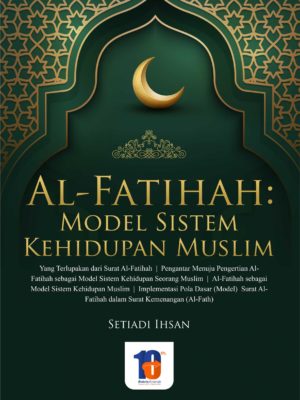
Buku Al-Fatihah: Model Sistem Kehidupan Muslim
Rp 125.500 Masukkan ke keranjang -
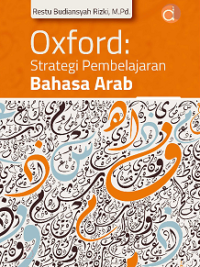
Buku Oxford: Strategi Pembelajaran Bahasa Arab
Rp 195.000 Masukkan ke keranjang -
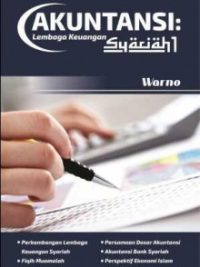
Akuntansi: Lembaga Keuangan Syariah 1
Rp 173.000 Masukkan ke keranjang -
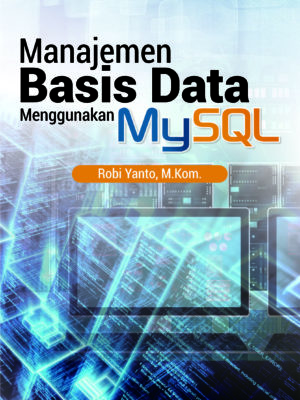
Buku Manajemen Basis Data Menggunakan MySQL
Rp 84.500 Masukkan ke keranjang -
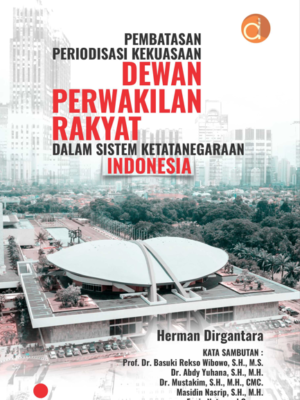
Buku Pembatasan Periodisasi Kekuasaan Dewan Perwakilan Rakyat dalam Sistem Ketatanegaraan Indonesia
Rp 113.000 Masukkan ke keranjang -

Buku Stimulasi Konflik dan Dampak Manajemen Konflik di Sekolah
Rp 95.000 Masukkan ke keranjang -
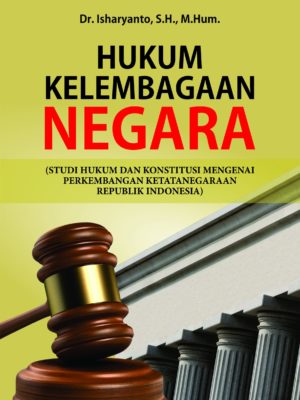
Buku Hukum Kelembagaan Negara
Rp 169.000 Masukkan ke keranjang -
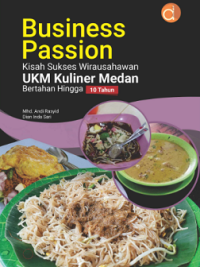
Buku Business Passion Kisah Sukses Wirausahawan UKM Kuliner Medan Bertahan Hingga 10 Tahun
Rp 115.000 Masukkan ke keranjang -
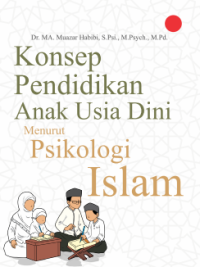
Buku Konsep Pendidikan Anak Usia Dini Menurut Psikologi Islam
Rp 44.500 Masukkan ke keranjang -
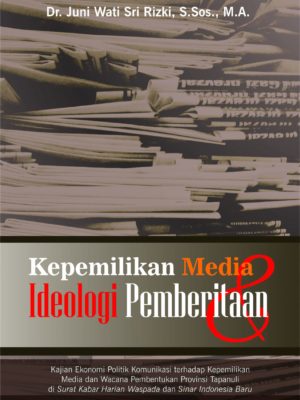
Buku Kepemilikan Media dan Ideologi Pemberitaan
Rp 136.000 Masukkan ke keranjang -
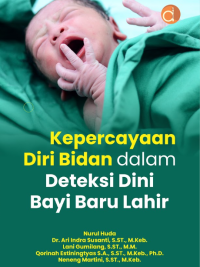
Buku Kepercayaan Diri Bidan Dalam Deteksi Dini Bayi Baru Lahir
Rp 67.000 Masukkan ke keranjang -
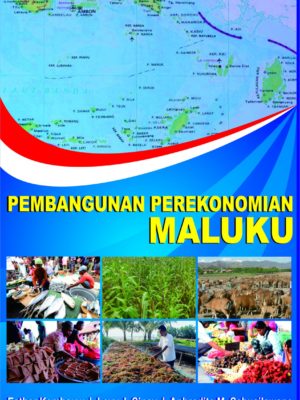
Buku Pembangunan Perekonomian Maluku
Rp 180.000 Masukkan ke keranjang
Rp 71.000
Rp 108.000

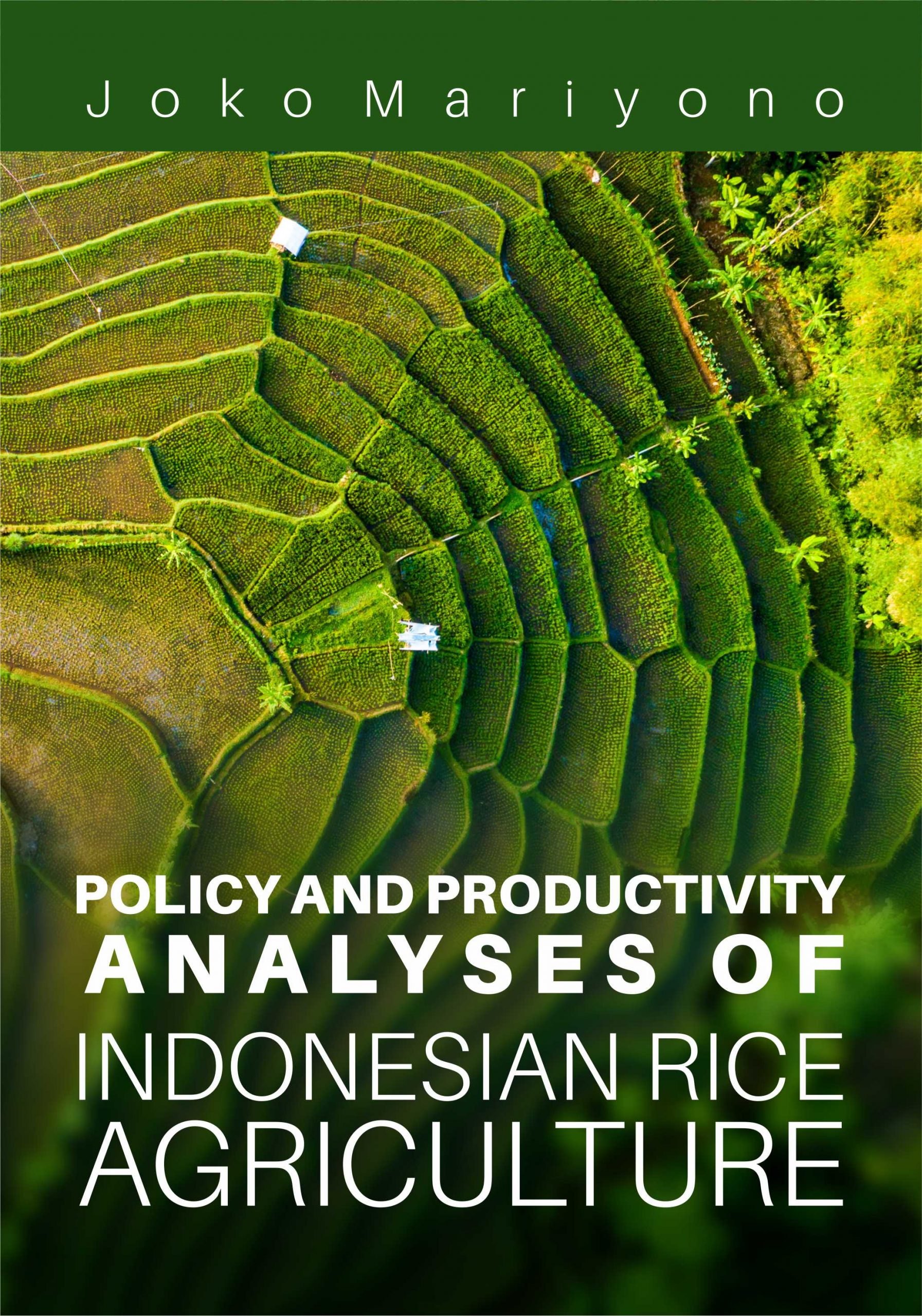
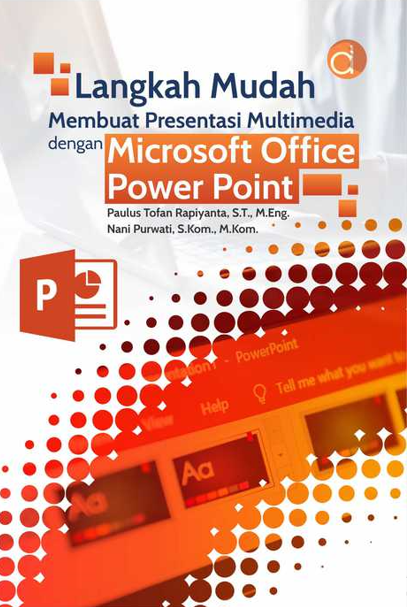
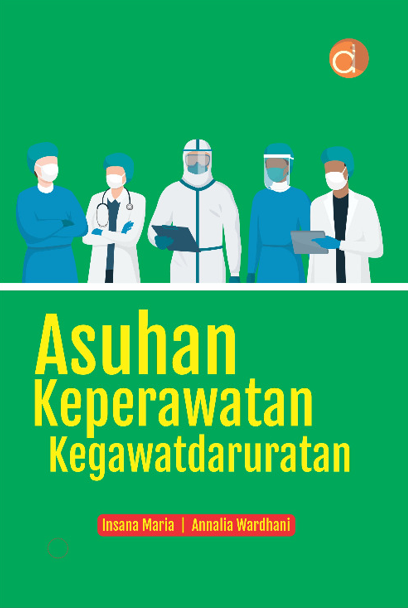

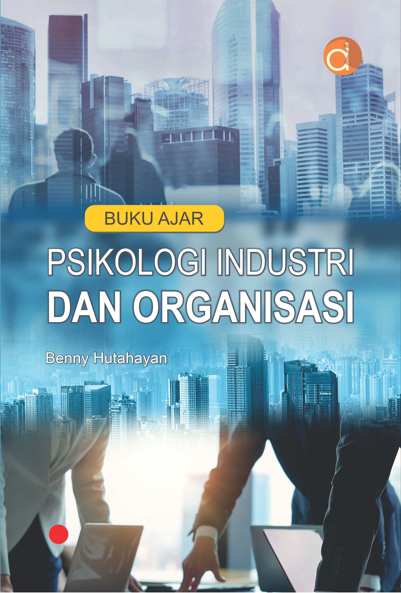
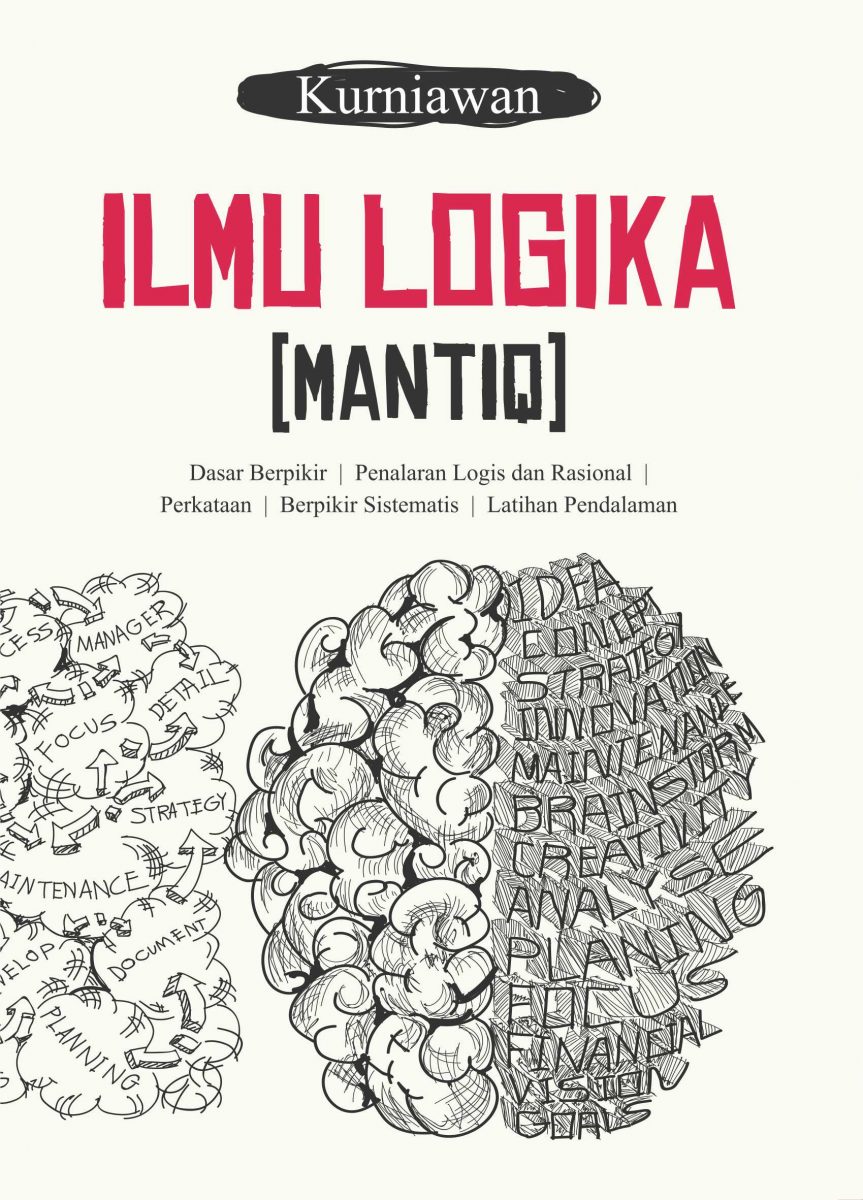
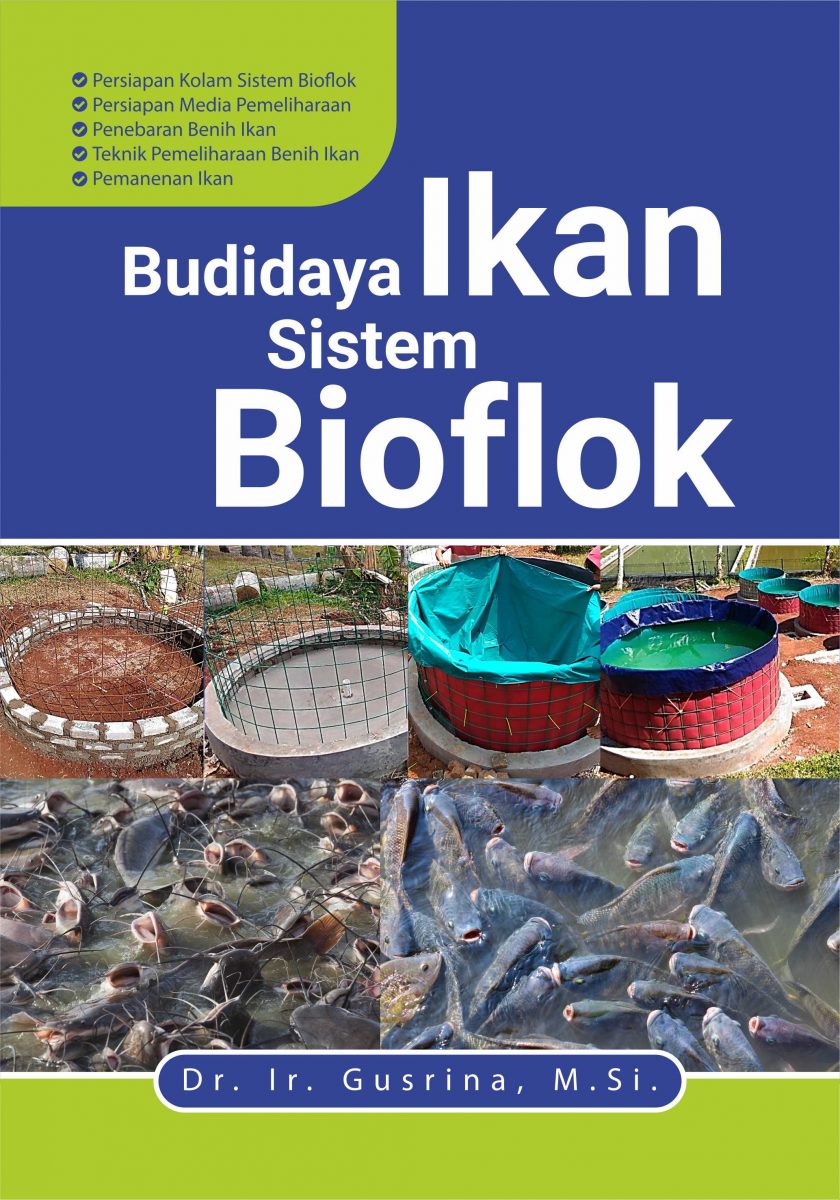
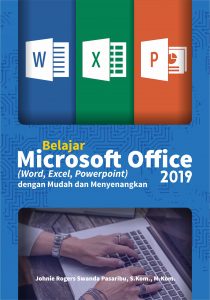
Review
Belum ada ulasan.